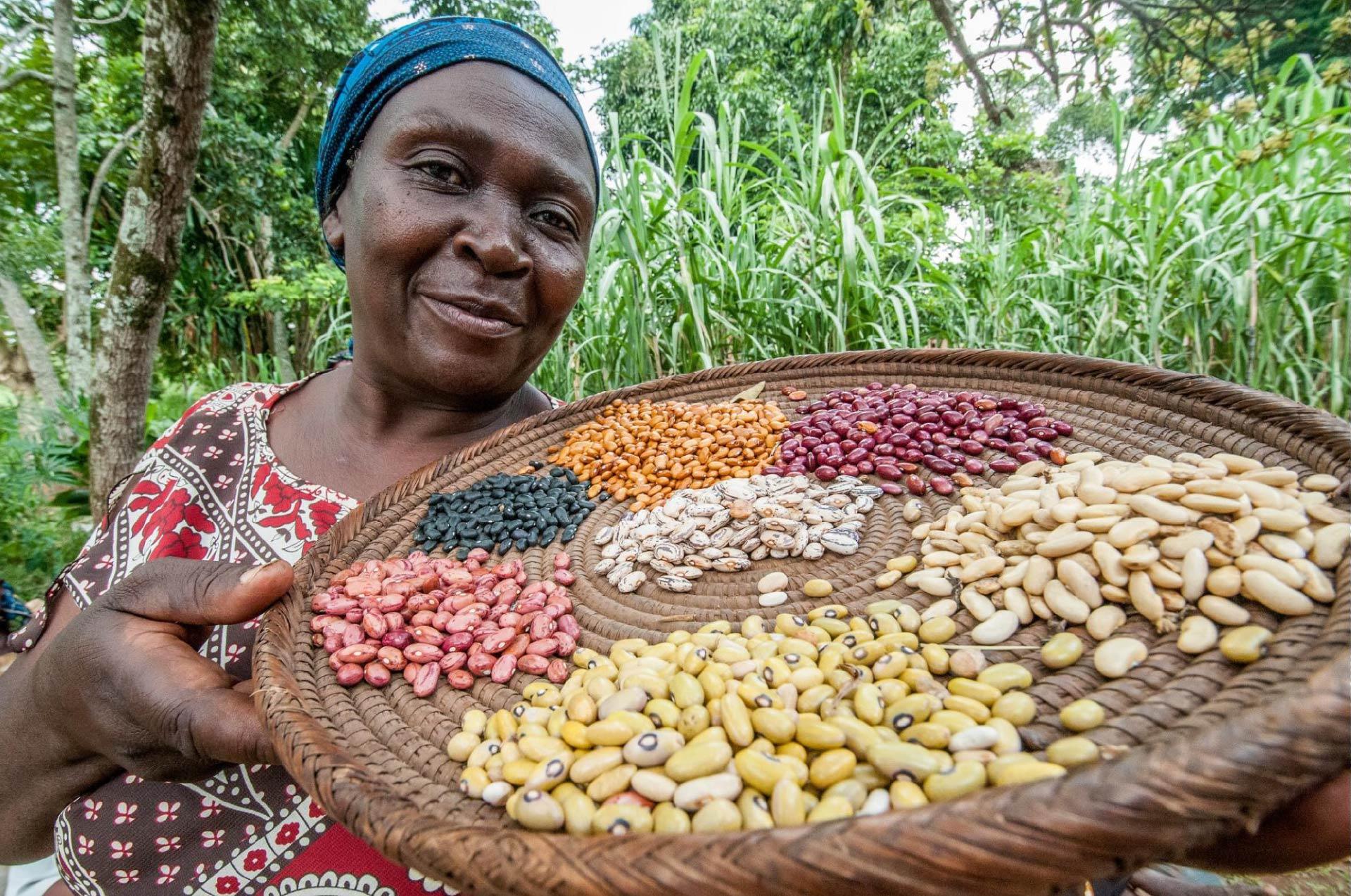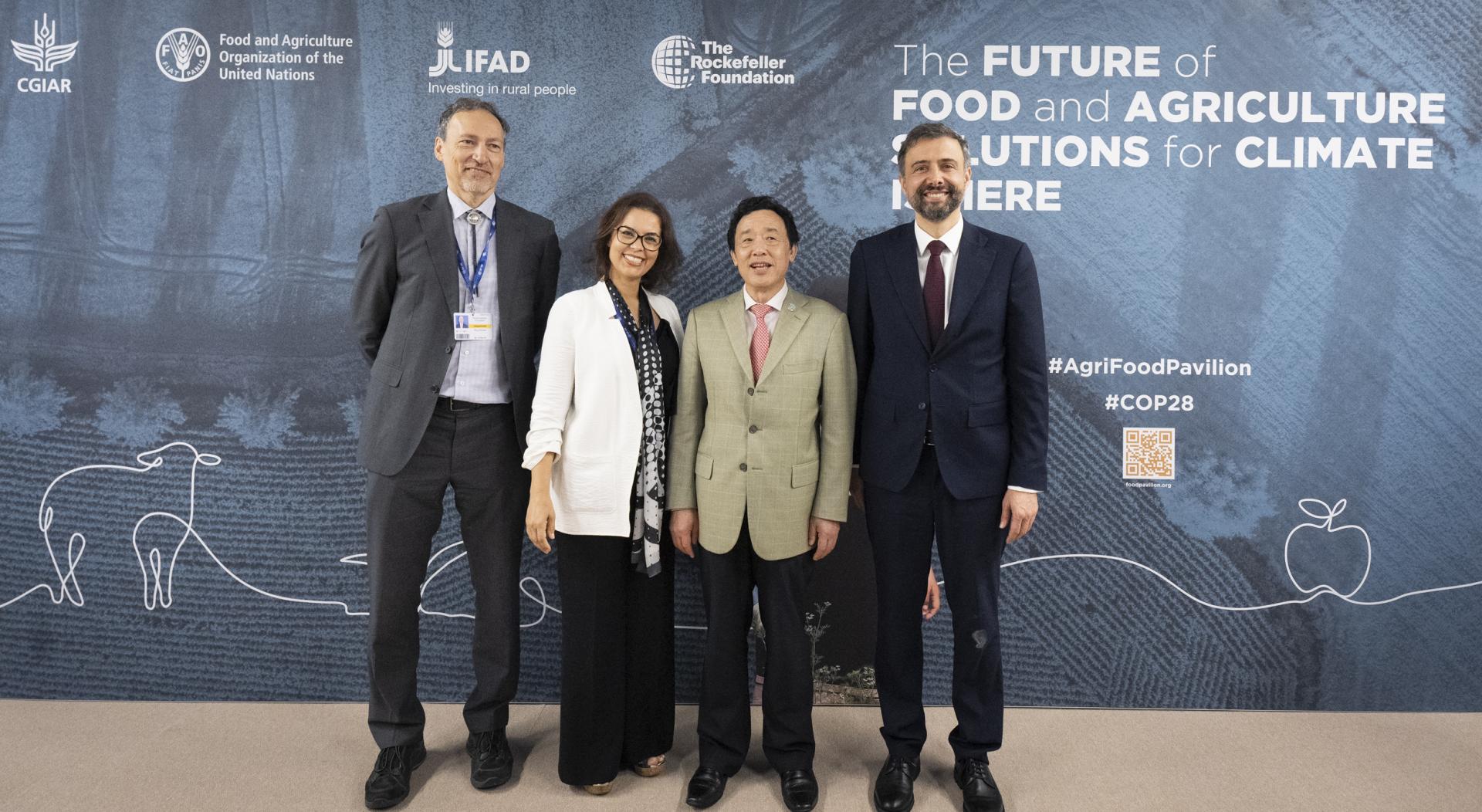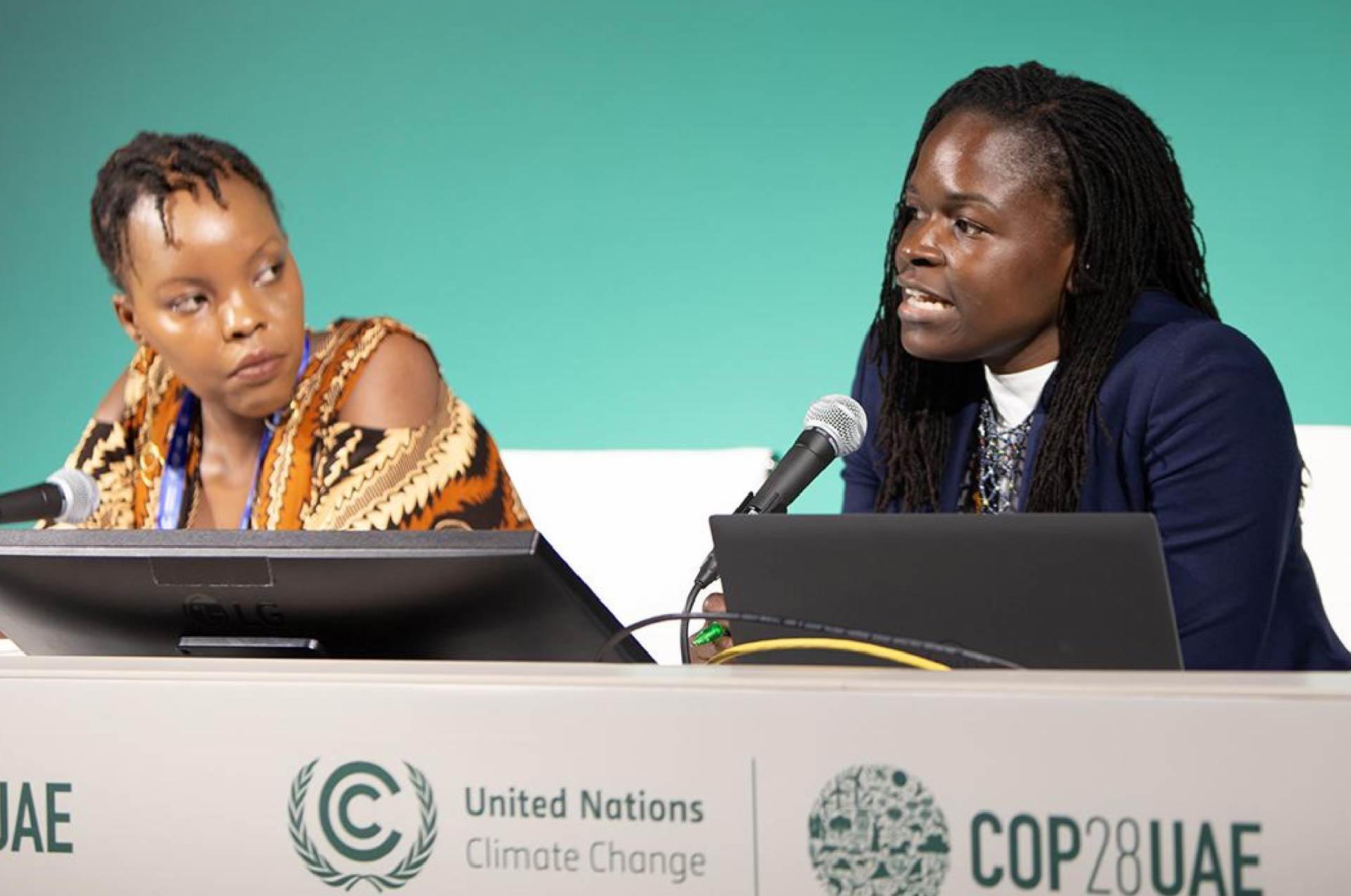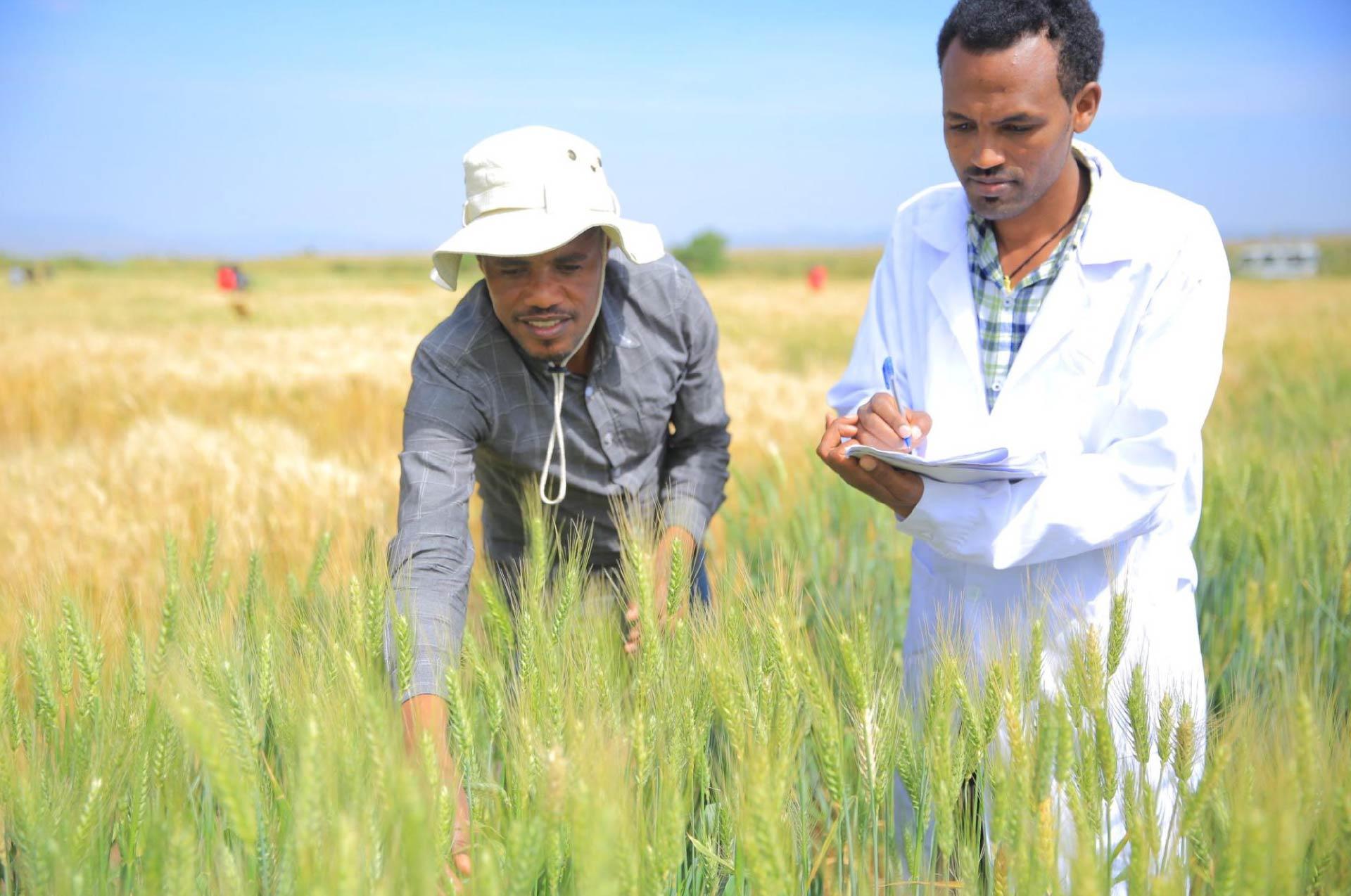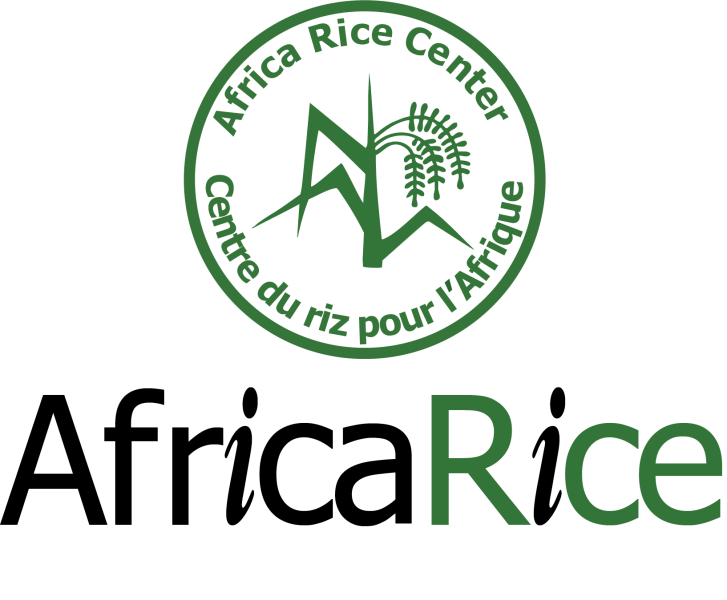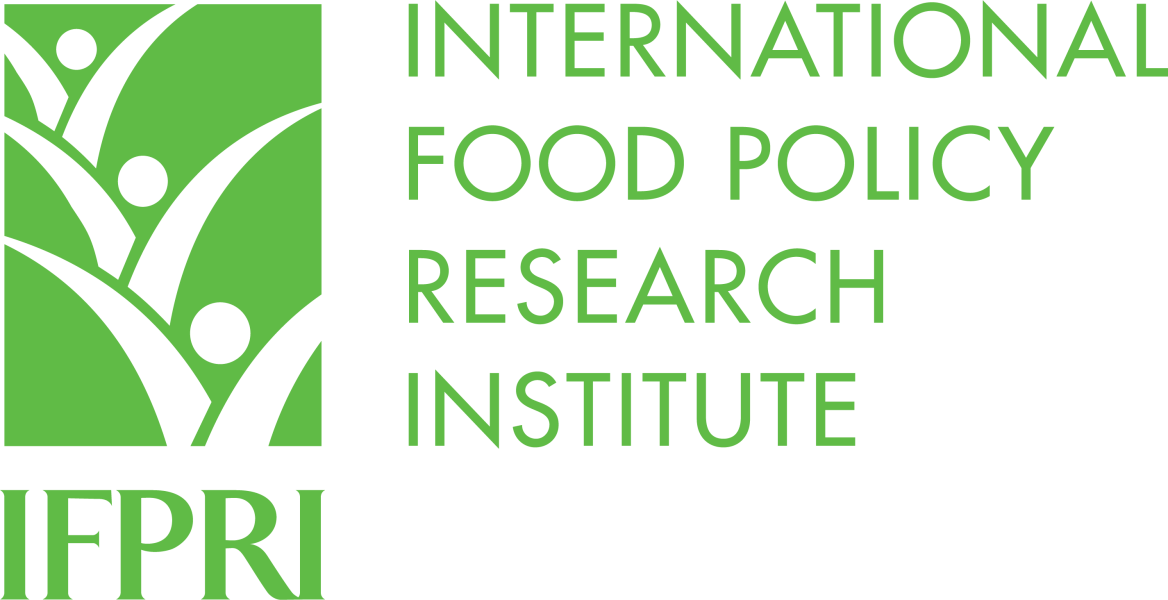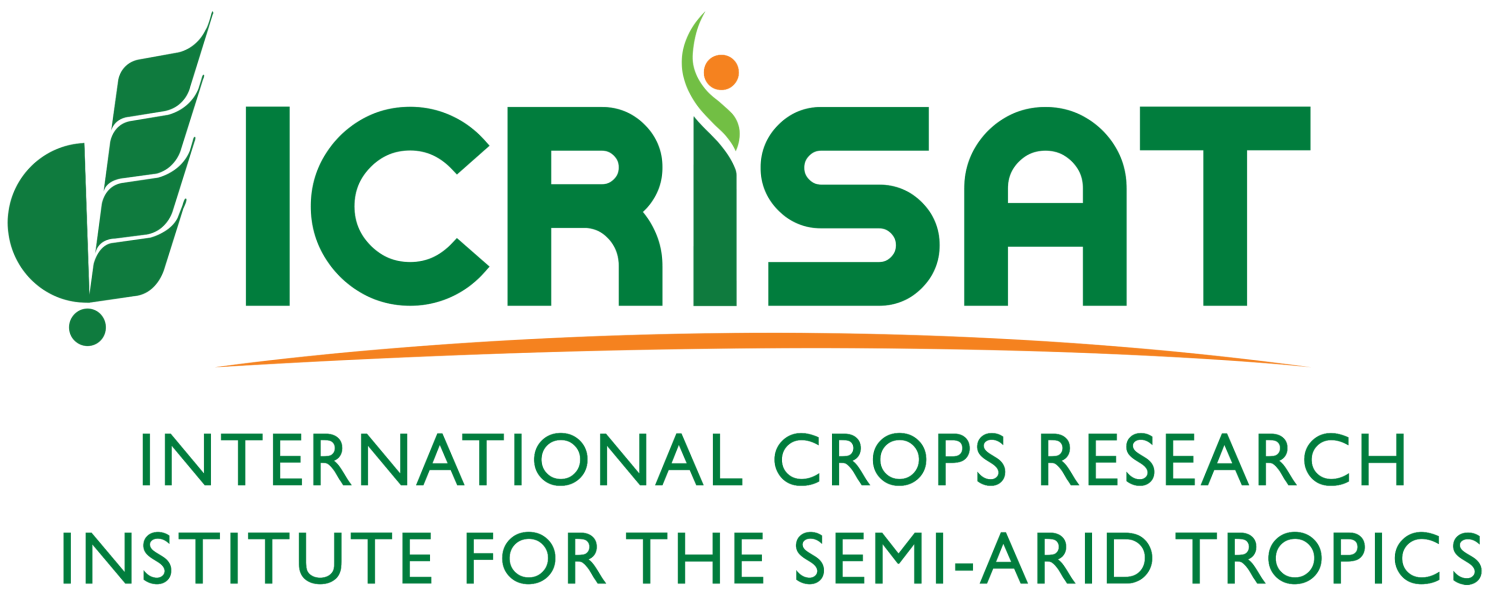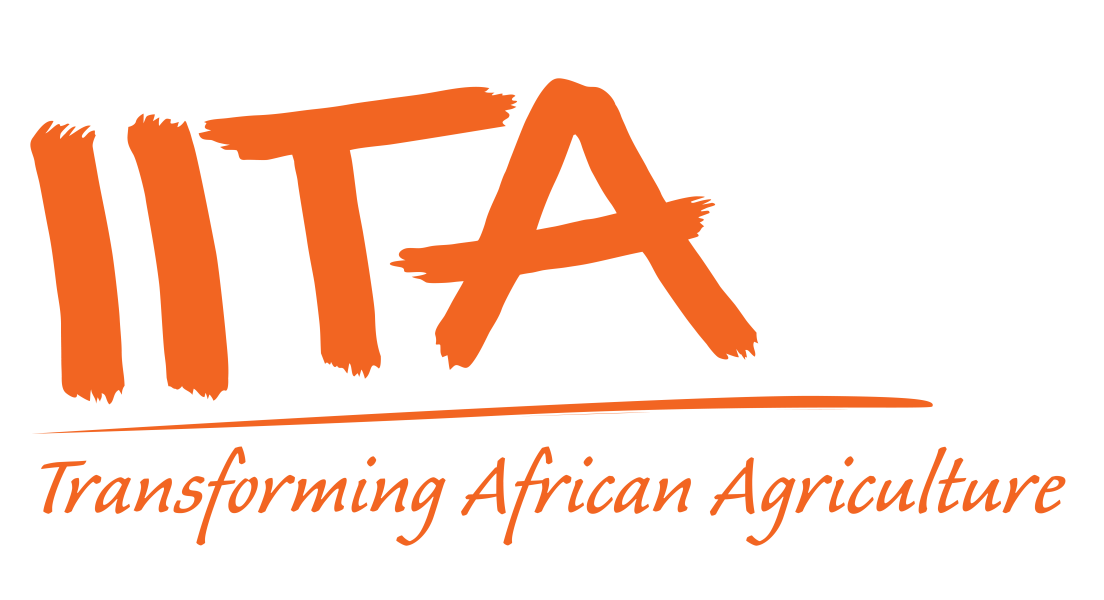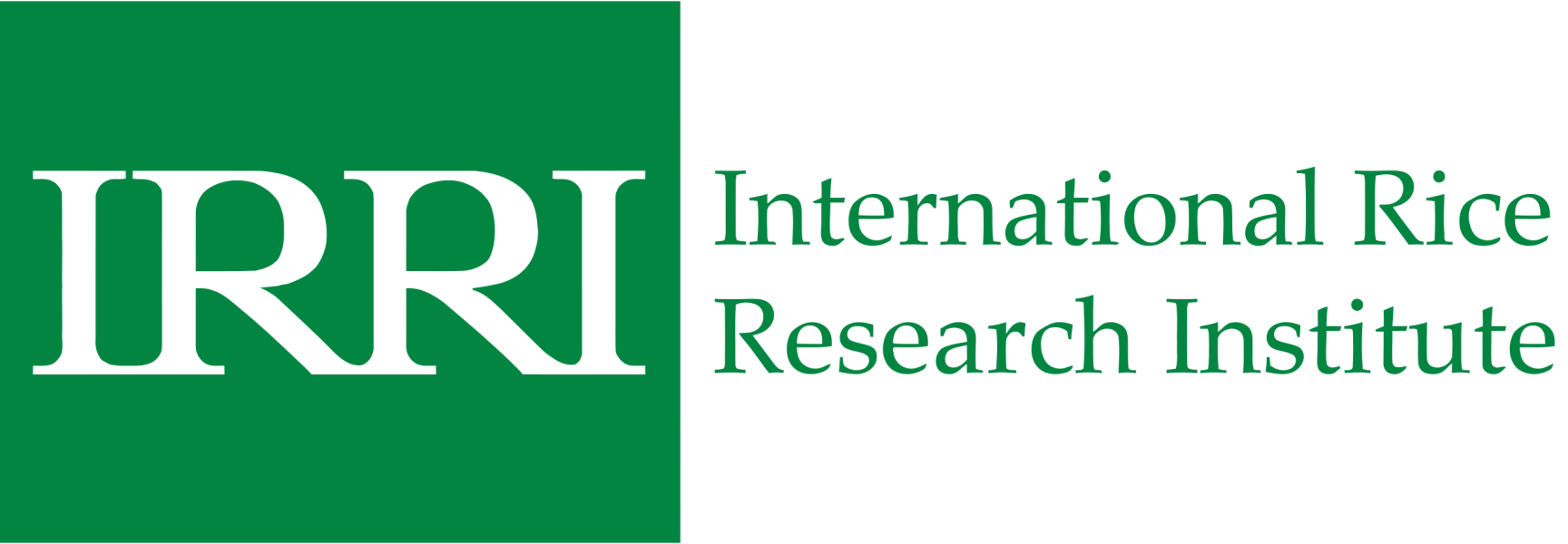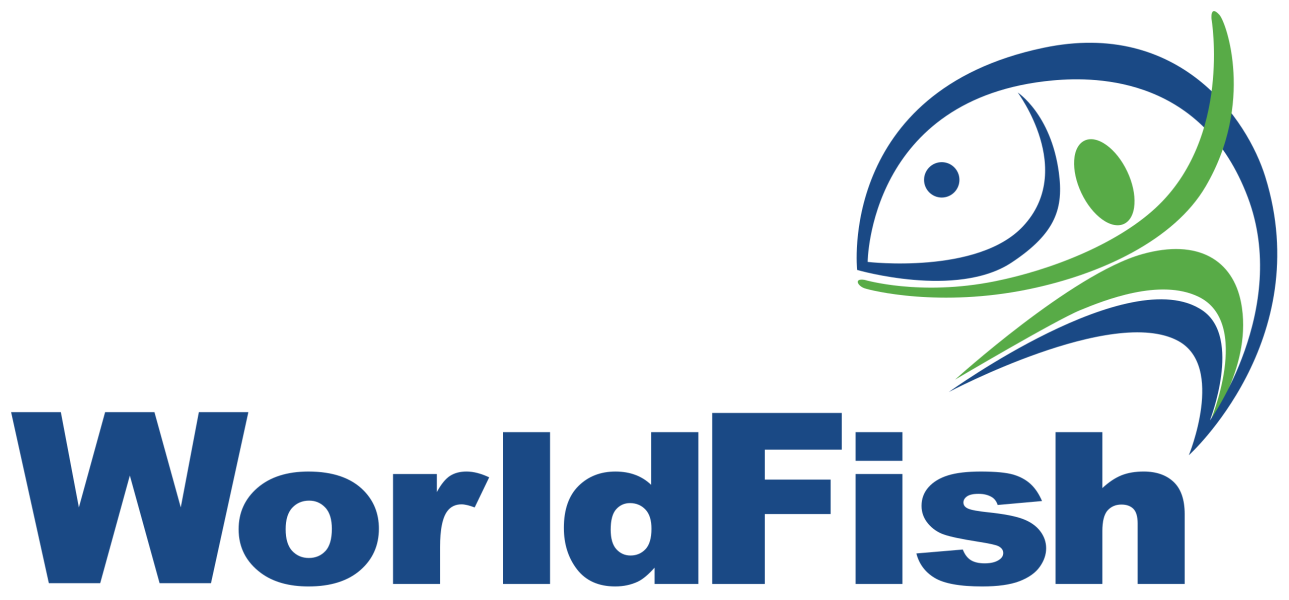What CGIAR is doing in Guatemala
During 2023, 12 CGIAR Research Initiatives from across all three Science Groups brought together scientists from 11 CGIAR Centers to produce 193 research results together with 113 different partners across Guatemala. This includes 181 research outputs and 12 research outcomes. Four Initiatives – AgriLAC Resiliente, Climate Resilience, Livestock and Climate, and Digital Innovation – generated 90 percent of the results reported. This is a significant increase from 2022, when just 35 results were reported, only one of them an outcome, engaging just 45 partners. These numbers evidence the growth in scope and depth of CGIAR’s work in Guatemala and the maturing of the pipeline of innovations and research outcomes, as well as the increasing density of the partner network with whom CGIAR is engaging, including innovation as well as scaling partners, in support of the transformation of the agrifood system in Guatemala.
CGIAR’s work in Guatemala seeks to drive changes at multiple scales to transform the innovation ecosystem from the bottom up and the top down, engaging with farmers to co-design innovations to improve on farm results, and with extension and research institutions to build capacity and scale innovations. Areas of innovation include delivery mechanisms for decision-making support and information services for the agricultural sector, and capacity building for ministries and national institutions using evidence to create a policy environment that supports small-scale farmers and rural households to become climate resilient, food secure and more inclusive.
CGIAR Research Initiative results contribute to the SDG agenda in Guatemala, contributing to SDG 1 (No Poverty), SDG 13 (Climate Action), SDG 5 (Gender Equality) and SDG 2 (Zero Hunger) (over 170 results contributing to each), with smaller contributions to SDG 12 (Responsible Consumption and Production), SDG 8 (Decent Work and Economic Growth), SDG 6 (Clean Water and Sanitation), SDG 10 (Reduced Inequalities) and SDG 3 (Good Health and Wellbeing).

Figure 1. SDG contributions for 2023 results in Guatemala.
Source: CGIAR Results Dashboard, accessed on 1 May, 2024.

Figure 2. Initiatives that generated most results in Guatemala, 2023.
Reported results in 2023 target all five CGIAR Impact Areas, with over 100 results for each (see Figure 2). Climate adaptation and mitigation is the principal focus of CGIAR’s work in Guatemala, with the largest proportion of results having climate as their principal Impact Area (as compared to number of results reporting other Impact Areas as principal). The Impact Areas related to poverty reduction, and environmental health are significant (though not principal) Impact Areas for more than half of the research results.

Figure 3. Number of contributions to each of CGIAR’s Impact Areas.

Figure 4. Results for Guatemala tagged to CGIAR’s Impact Areas.
Initiative budgets allocated to Guatemala
CGIAR invested approximately USD 4 million in Guatemala in 2023 through 12 different Initiatives. The top five Initiatives in terms of investments were Climate Resilience; AgriLAC Resiliente; Digital Innovation; Fragility, Conflict, and Migration; and Genebanks. While this represents small decreases for the top three Initiatives in Guatemala, total investment in Guatemala remained relatively stable, compensated by increases in other Initiatives in 2023 (Figure 4). The sizeable growth in research results shows that 2022 investments laid a strong foundation for our work in 2023.

Figure 5. Top five Initiatives with the highest combined budget for Guatemala for 2023.
Source: Financing Plan dashboard.
CGIAR results in Guatemala
CGIAR results in Guatemala in 2023 include outputs such as capacity development of key actors through short-term training opportunities; the production and dissemination of knowledge products including reports, briefs, and presentations; and the codesign and evaluation of innovations. Some initial stage outcomes were also achieved in 2023, including the use of CGIAR innovations by partners, and research being taken up in policy processes. The table below shows a healthy pipeline of research outputs and outcomes, with the number of outputs increasing substantially from 2022 to 2023, and outputs starting to develop into outcomes as partners take up research results to change existing practices and policies.
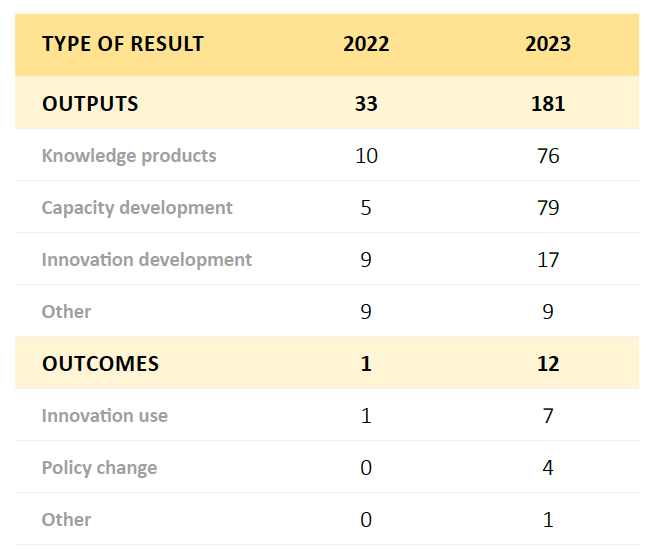
Table 6. Number of reported results, by result type, for 2022 and 2023.
Source: CGIAR Results Dashboard, accessed on 1 May, 2024.
Knowledge products
During 2023, 76 knowledge products relevant for Guatemala were produced by scientists from seven CGIAR Centers in collaboration with 54 different partners. These products included technical reports, briefs, presentations, and journal articles. Almost all of these (99 percent) are open access, and 5 percent are published in journals indexed by the Web of Science. The majority of these products are findable, accessible, interoperable and reusable (FAIR) with a need to improve on interoperability (only 60 percent of products are interoperable while more than 80 percent comply with the rest of the FAIR principles).
The majority of these knowledge products had climate adaptation and mitigation as their principal focus (68 percent), followed by gender (12 percent), and nutrition (5 percent). Poverty reduction and environmental health and biodiversity were significant areas of focus, followed by nutrition and gender. An exploration of key words from these products reveals climate change, agriculture, and resilience as key themes, followed by gender and equality.
Building capacity
CGIAR scientists have partnered with 49 institutions, including governments, particularly the Ministry of Agriculture (MAGA; Ministerio de Agricultura y Ganadería); the meteorological institute (INSIVUMEH; Instituto Nacional de Sismología, Vulcanologia, Meteorologia e Hidrología); NARS (ICTA; Instituto de Ciencias y Tecnología Agrícolas); the private sector; universities; UN agencies; local and international NGOs; and farmer organizations to provide short-term training for 3,104 individuals (33 percent of whom were women). Most of these individuals were farmers, while extension agents and other staff within partner organizations have also been trained through formal and informal training events. Topics included training on generation and use of agroclimatic information for on-farm decision-making; sustainable crop management practices including conservation agriculture, climate smart agricultural practices, the production of biofortified crops, and pest management; and use and development of digital tools for data collection and application of human-centered design principles.
Innovation development and use
Seventeen innovations have been co-designed with partners. These include 10 technical innovations, four policy/organizational innovations and three capacity development innovations. These innovations target researchers, policymakers, extension agents and farmers and are designed to be taken up by next users including research organizations, NGOs, government agencies and the private sector. Seven innovations are already in use by partner organizations including governments, the private sector, and NGOs. These include new bean varieties that are being used by farmers together with farmer organizations and local NGOs, as well as novel ways to disseminate climate forecasts including farmer-centered agroclimatic bulletins distributed through the Local Agroclimatic Committees network, WhatsApp groups, and radio spots, reaching over 100,000 farmers in 2023. Seventeen innovations are under development with partners including a digital farm plot, gender responsive scaling methodology, and diet monitoring tools.
Contributing to policy change
Four results were reported in 2023 as contributing to policy change in Guatemala. All of these results, as would be expected, are at an initial stage where partners are taking up CGIAR research in policy processes but as yet there has not been any documented policy change. These four policy outcomes include influences on local/organizational policy processes as well as national and regional (Central America) level policy processes. The policy processes where CGIAR research is providing inputs include strategic planning for a local NGO; the definition of Guatemala’s National Framework for Climate Services; the prioritization of digital transformation as a priority pathway for the Inter-American Institute for Cooperation on Agriculture (IICA); and contributing to the Regional Climate Change Strategy process for the Central American Integration System (SICA). Three of these policy outcomes are supported by two or three Initiatives working together to support policy development in Guatemala and the region in support of inclusive, resilient food system transformation.
Snapshot of key results
CAPACITY SHARING FOR DEVELOPMENT
As part of the AgriLAC Resiliente Initiative, innovation hubs have been established in eastern and western Guatemala. These InnovaHubs promote testing of new agricultural practices and knowledge sharing to empower stakeholders with the necessary skills to drive agricultural innovation at the local level. Part of a comprehensive training strategy for local extension agencies and farmer organizations, these hubs have enhanced knowledge of over 3,000 farmers and other food system actors on seed systems, conservation and climate smart agricultural and post-harvest practices, food processing, climate risk management and markets.
INNOVATION PIPELINE
Beans are a major part of the diet in Guatemala and an important source of protein and iron, particularly in rural communities. In 2023 farmers in several regions of Guatemala planted approximately four pounds of improved bean (ICTA Hunapu) seed and received training on crop management as well as food preparation. This biofortified variety has the potential to improve nutrition and yields due to higher nutritional value and resistance to pests and diseases, while also contributing to climate resilience and poverty reduction, targeting women farmers. The seed was distributed to 312 farmers in six communities, 67 percent of whom are women.
The Livestock and Climate Initiative is innovating to unlock finance opportunities for livestock producers by developing a climate-linked credit risk scoring tool that catalyzes farm adaptation and facilitates access to credit. Strategic partnerships with financial organizations in Guatemala can potentially extend these benefits to hundreds of thousands of farmers.
GENDER
In 2023, the AgriLAC Resiliente Initiative spearheaded a series of studies in Guatemala aimed at unraveling insights into climate resilience, migration dynamics, and gender roles. These efforts resulted in a journal article on cultural and economic barriers and opportunities for women’s participation in agricultural production systems in Guatemala. Subnational mapping of key programs and interventions in food security and nutrition, along with studies on women’s participation in agricultural activities and climate-induced emigration, reflect a strategic effort toward informed policy formulation and resource optimization in Guatemala.
POLICY CHANGE
Scientists from the Climate Resilience Initiative, in collaboration with Guatemalan stakeholders including the INSIVUMEH, contributed to stakeholder engagement and baseline assessment activities for the formulation of Guatemala’s National Framework for Climate Services. This framework, in line with World Meteorological Organization (WMO) standards, defines key sectors, actors, and their roles within the climate services value chain at the national level. The capabilities of the INSIVUMEH were evaluated based on the delivery of climate information services to different sectors/users, resulting in the identification of gaps and key elements for a plan of action to implement the framework.
Seven Central American countries and the Dominican Republic are joined together under the SICA which brings together ministries in regional sectoral councils that contribute to integrated governance in the region through regional policy instruments. One such instrument is the SICA Regional Climate Change Policy, spearheaded by the Central American Council on Environment and Development, made up of the Ministers of Natural Resources of the region. CGIAR scientists from the Climate Resilience, AgriLAC Resiliente and Fragility, Conflict, and Migration Initiatives have collaborated to contribute evidence and policy recommendations for the incorporation of climate security considerations in a new 10- year policy to govern climate change and natural resource policy at the regional level, recognizing shared environmental challenges as well as interdependence and the need for regionally integrated solutions to address issues of migration, security and economic development.
Guatemala’s Portfolio network
Almost half (48 percent) of all results reported for Guatemala demonstrated the involvement of multiple Initiatives in 2023 (Figure 7). Fifteen percent of results were the product of collaboration between at least three and up to five Initiatives working together to integrate agendas and achieve outcomes.

Figure 7. Guatemala’s Portfolio network.
Source: CGIAR Results Dashboard, accessed on 1 May, 2024.
The CGIAR Regional Integrated Initiative AgriLAC Resiliente collaborated with eight different Initiatives; Livestock and Climate with five; Excellence in Agronomy and Climate Resilience with four each; and Fragility, Conflict, and Migration and Digital Innovation with three each. We see strong collaboration between Initiatives in the ST and RAFS Science Groups, while GI Initiatives collaborate with each other. With climate being an important focus of CGIAR’s work in Guatemala, it is important to observe the strong collaboration across Initiatives addressing climate resilience from different angles, including AgriLAC Resiliente; Climate Resilience; Fragility, Conflict, and Migration; and Livestock and Climate – together these Initiatives represent over seventy shared results.
Partners at the center of CGIAR’s innovation for impact strategy in Guatemala
The 193 results reported in Guatemala were developed together with 113 different partners. This represents a doubling of the number of partners engaged in CGIAR’s Portfolio in Guatemala, with just 45 partners contributing to results in 2022. The largest number of results were produced together with government institutions including MAGA (39 results), INSIVUMEH (37 results), local NGOs such as the Association of Organizations of the Cuchumatanes (ASOCUCH, 18 results), private sector actors such as the Institute for Climate Change (ICC, 14 results), international organizations such as the World Food Programme (WFP, 10 results), and universities such as the Rafael Landivar University (6 results).
An important element in CGIAR’s innovation scaling strategy for Guatemala is engagement with regional organizations such as SICA institutions, including the Central American Council of Agricultural Ministries, the Central American Council on Agriculture and Development (Ministries of Environment), the Regional Hydrological Resources Committee (Meteorological Institutes), IICA (part of the Inter-American integration system connecting agricultural ministries), UN agencies (especially the WFP and FAO), regional and global development banks and donors (for example, the International Development Bank, the World Bank and USAID). These organizations are key scaling partners as they work within Guatemala but also beyond Guatemala, connecting Guatemala with neighboring countries sharing many similar challenges and therefore supporting scaling pathways for CGIAR’s work in Guatemala to neighboring countries of Central America. These organizations collectively influence many large-scale investments in Guatemala and the region and as such are important next users of CGIAR results, as well as thought partners for CGIAR.
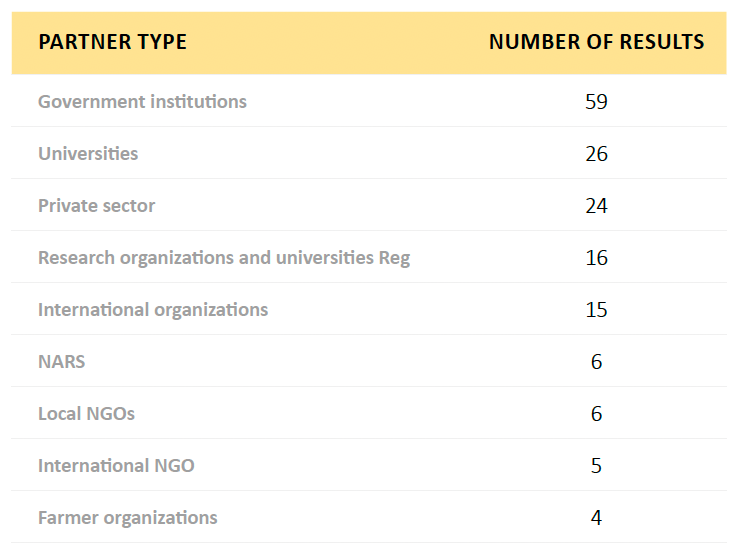
Table 8. Partners involved in the co-production of results in Guatemala.
Source: CGIAR Results Dashboard, accessed on 1 May, 2024.
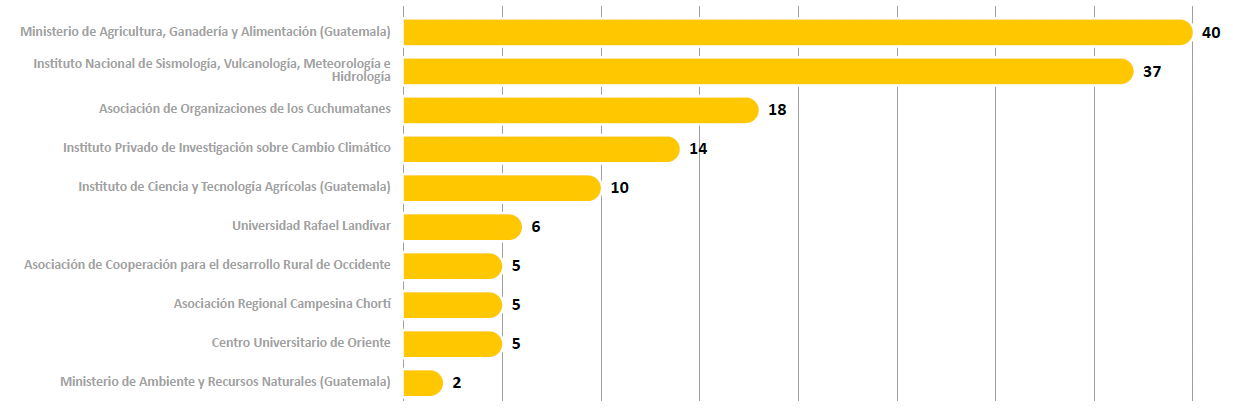
Figure 9. Guatemala-based partner institutions by number of results.
Source: CGIAR Results Dashboard, accessed on 1 May, 2024.
Responding to the country’s needs and priorities
The Initiatives operating in Guatemala were co-created with partners during 2021 and 2022, and therefore demonstrate strong alignment with the country’s needs and priorities. The increasing breadth of the partner network in country helps to embed CGIAR’s agenda in existing innovation networks at the local and national levels, supporting increased alignment and responsiveness not only to national priorities and policies but also to the evolving demands of local organizations at the subnational level.
Some examples include:
- The CGIAR Research Initiatives on Livestock and Climate, AgriLAC Resiliente, and Climate Resilience address critical issues outlined in the National Development Plan K’atun 2032, the National Climate Change Action Plan (PANCC), and the National Low Emissions Development Strategy. Together, they have supported the formulation of the National Framework for Climate Services in accordance with the guidelines of WMO to improve country-level management of risk related to climate change and variability in different sector.
- The AgriLAC Resiliente Initiative worked together with the Climate Resilience Initiative to create a partner network for managing agroclimatic risk in agriculture through the Local Technical Agroclimatic Committees, contributing to the agriculture, livestock, and food security (AGS, agricultura, ganadería y seguridad alimentaria)-3 goal of Guatemala’s Nationally Determined Contributions, which relates to developing a climate information access system.
- The CGIAR Research Initiatives on Fragility, Conflict, and Migration and Climate Resilience have a thematic focus on climate security that aligns with climate security considerations in Guatemala’s National Climate Change Action Plan and Migration Policy, as well as in the Regional Climate Change Policy for SICA.
- The CGIAR Research Initiatives on AgriLAC Resiliente and Accelerated Breeding are supporting the development and dissemination of high iron beans and more nutritious maize, combined with training on food processing and preparation, aligned to Guatemala’s Food and Nutrition Security and School Feeding Policy, as well as National Development Priority 4 (PND 4) – food and nutrition security.
Guatemala as an entry point for transformation in Central America
Central America contains several of the poorest countries in Latin America (Honduras and Nicaragua) as well as some of the severest pockets of undernutrition (Guatemala). As a region, the seven Central American countries, while each unique, are intimately intertwined. Specifically, countries in the region share:
- Vulnerability to extreme climate events (droughts in the dry corridor, hurricanes, and flooding) and are often hit by the same events across several countries.
- Food – other Central American countries are major food trading partners for all countries in the region meaning high levels of interdependence for food in terms of production, consumption, and transport hubs throughout the region.
- Shared sources of conflict or social tensions including narcotrafficking, migration, and organized crime.
- A relatively strong level of integration between institutions across the region through formal SICA institutions that bring ministries together around regional policy instruments and coordination as well as through regional private sector networks that span and act across multiple countries at once.
What this means for CGIAR’s Portfolio in the region is the possibility of acting in specific countries, with an eye to scaling regionally where similarities of context or existing actor networks make this possible. This also means that for many Impact Areas, solutions that do not recognize and address how regional dynamics influence outcomes for vulnerable populations may not provide sustainable solutions. In recognition of this reality, the CGIAR Portfolio in Guatemala is highly integrated with work in other countries in the region as well as with regional institutional structures and dynamics. For example:
- Four results reported for Guatemala have been developed across and engage partners from up to five additional countries in the Central American region, facilitating and strengthening peer innovation networks and learning across countries.
- CGIAR was invited to participate in two workshops in 2023 to build a regional research agenda for crop improvement together with the directors of the NARS of the SICA region (Central America and the Dominican Republic).
- CGIAR also had a coordinated presence at the annual regional research conference focused on crop improvement for food crops, hosted by NARS since the 1960s, where CGIAR integrated agendas with universities and research partners from across the region as well as from the United States and Europe.
- Several reported results focus on regional outcomes at the SICA level.
- There are at least seven CGIAR partners involved in producing results are regional institutions, working across Central American countries.
CGIAR’s investments in Guatemala will bear fruits in other parts of Central America over the coming years, facilitating impact at scale.


